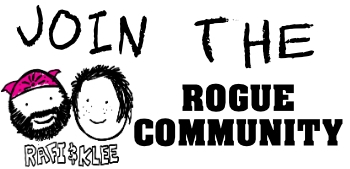Today, I’ve been thinking about something that probably resonates with many of you: the deafening silence an artist faces when their creations seemingly vanish into the void of social media. It’s like throwing a party and no one showing up. It sucks, doesn’t it?
This morning, my thoughts wandered to that familiar feeling of being ignored as an artist. You pour your heart and soul into your work, excitedly share it on platforms, and… nothing. No likes, no comments, just a cavernous silence. It’s a peculiar kind of pain, isn’t it? It’s almost as if silence speaks louder than words, whispering doubts and uncertainties into our minds.
Many will tell you to develop a thick skin, to be impervious to this silence, but I beg to differ. Having a thick skin feels like constructing barriers around yourself, isolating your vulnerability. But the truth is, vulnerability is at the core of artistry. When you put your work out there, you’re baring your soul. So, it’s no wonder that the lack of response hurts so deeply.

It’s intriguing how our brains craft stories around this silence, weaving narratives that tell us we’re not good enough, that our art is unworthy. And the quest for validation often fuels this inner turmoil. We find ourselves seeking recognition, craving acknowledgment for our creative endeavors.
Social media, while a great platform for sharing, can be a double-edged sword. It’s a breeding ground for comparison, where follower count equates to success or failure. But here’s the reality: the number of followers doesn’t define your worth as an artist. Whether you have 100 or 10,000 followers, it doesn’t diminish the value of your art.
I’ve experienced the allure of chasing the algorithm, attempting to garner more attention. But the more you obsess over this, the more it distances you from the real purpose—sharing your art for the joy of creation, not for external validation.
My approach has been simple: I share because I want to. I post what excites me, not for the response it might generate. It’s about creating a personal record, a digital journal of my artistic journey. This approach might not yield immediate results, but it’s authentic and true to my creative essence.

For those struggling with this silence, my advice is this: reframe the narrative. Instead of giving power to platforms and seeking external validation, focus on making the act of sharing enjoyable for yourself. Don’t let the platforms dictate your art. Create for you, not for metrics or validation from others.
Embrace the fact that being ignored is part of the artist’s journey. Your art is an expression of your unique voice, and it deserves to be heard, even if the audience is silent. Be a thorn in the side of silence, persistently sharing your work, refusing to be deterred by the lack of immediate recognition.
Remember, your value as an artist isn’t measured by external metrics. Keep creating, keep sharing, and most importantly, do it for yourself. You are truly awesome, regardless of likes or follower counts. Don’t let anything stop you from expressing your creativity.
Well, that’s it for today! Remember, I absolutely adore each and every one of you. Until next time, keep being the wonderful, resilient artists you are. Catch you later!























